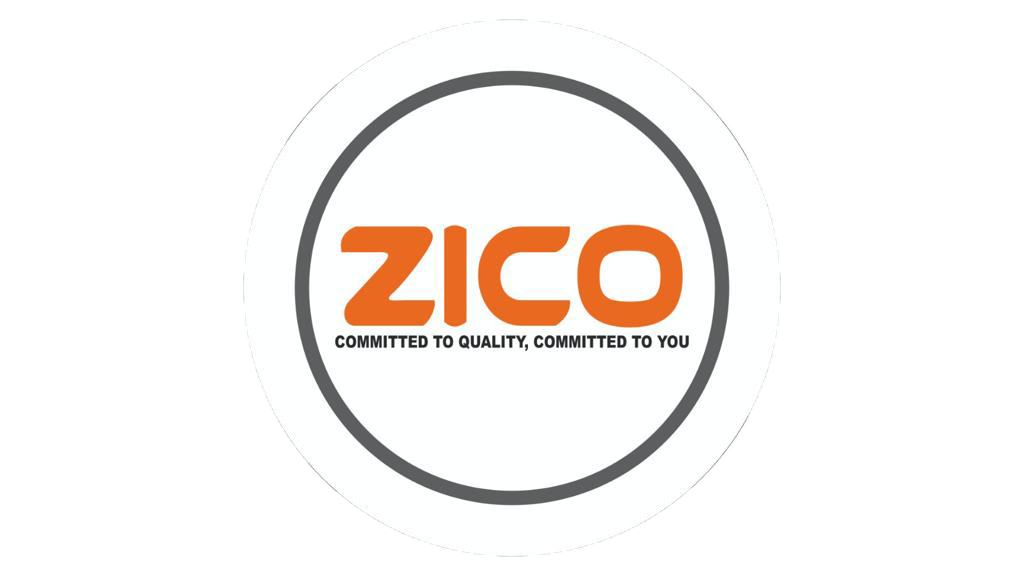
Menu
Menu

Laser interferometric calibration is a technology used to check the accuracy of advanced machines like CNC. As CNC machines are primarily designed to move a tool or a workpiece in different directions, such as up, down, left, right, forward and backward. CNC machine follows a program that tells it how to move and what to do.
To check the geometric and kinetic accuracy of the machine, we use a special device called a laser interferometer. A laser interferometer is a device that works on the interference of lights.
A beam of light is sent from a light source to a mirror that is attached to the machine. The light when falls on the mirror, it bounces back and returns to the source. The laser interferometer then measures how much the light has deviated from its path while coming back. This change depends on how far the mirror has moved.
By measuring the change in the light, we can calculate how far the machine has moved. By comparing this with how far the machine was supposed to move according to the program, we calculate the accuracy of the device. We can use this information to correct the errors in the machine and make it more accurate.
Laser interferometric calibration is very fast and accurate. It can measure distances up to 15 meters with an accuracy of one-millionth of a meter. It can also measure different directions at the same time. It can help improve the performance and reliability of CNC machines.
In the context of CNC machines, Laser Interferometric Calibration is used to calibrate and control the motion of mechanical stages with high precision.



The benefits of using Laser Interferometric Calibration in CNC machines are numerous-
Laser interferometric calibration can improve machine accuracy to be 0.005mm per metre, by mapping and correcting the errors in the machine’s positioning system.
Laser interferometric calibration can reduce machine downtime by up to 95%, by using a high-speed technique that triggers the laser measurement with an M-code and a relay contact, instead of waiting for the machine to settle after each incremental move.
Laser interferometric calibration can measure different types of errors in the machine, such as linear errors, angular errors, straightness errors and squareness errors, and provide comprehensive information about the machine’s performance.
Laser interferometric calibration can ensure traceability of the measurements, as the laser interferometer is a primary standard that can be calibrated against a wavelength standard.
In the Ballbar Testing Method, we use a device similar to a metal rod with a ball at each end. Using this method, we can measure very small distances and movements using light. You can attach the ballbar to the machine and make it draw a circle on the metal sheet. You can record how the machine moves and compare it with how it should move.
Any deviation indicates an error or problem in the machine. These errors are then worked upon to deliver high quality and accuracy of the shapes and patterns that CNC machines are used to cut.
We use the Ballbar testing method, to test our machines and fix errors if any so that what we deliver is nothing but the best.
Benefits of Using Ballbar Testing Method in our CNC Machines
Ballbar testing is a quick and easy way to check the performance of CNC machine tools. It can be done in a few minutes without the need for any complex setup.
Ballbar testing provides valuable information about the linear and angular positioning accuracy of a machine tool. It can measure different types of errors, such as backlash, servo mismatch, scale mismatch, squareness, and straightness.
Ballbar testing helps to improve the quality of machined parts and reduce scrap rates and production costs. It can identify and correct any errors or problems that could affect the accuracy and precision of the parts

Address
Adress Plot No. 15, Samaypur Road, Transport Nagar, Sector-57, Faridabad (Haryana).
{Refund Policy} {Privacy Policy} {Terms And Conditions}
© 2018-23 zicomachine . All Rights Reserved.| Website designed by Egadgetportal.